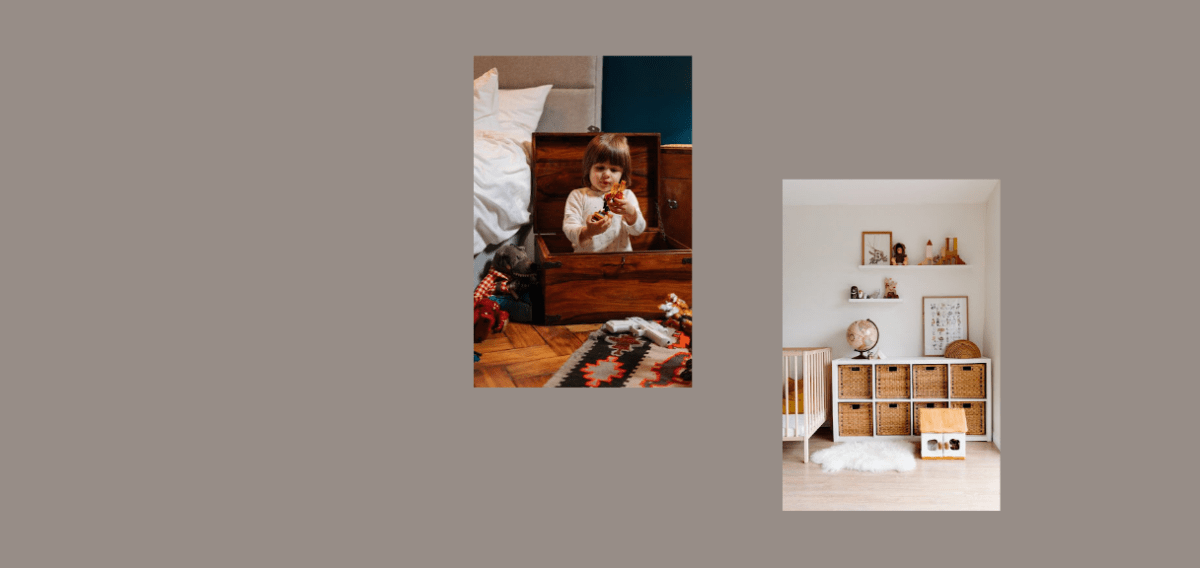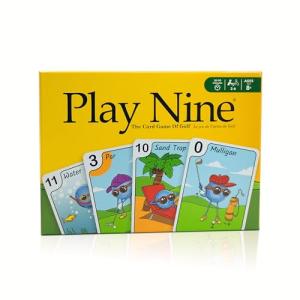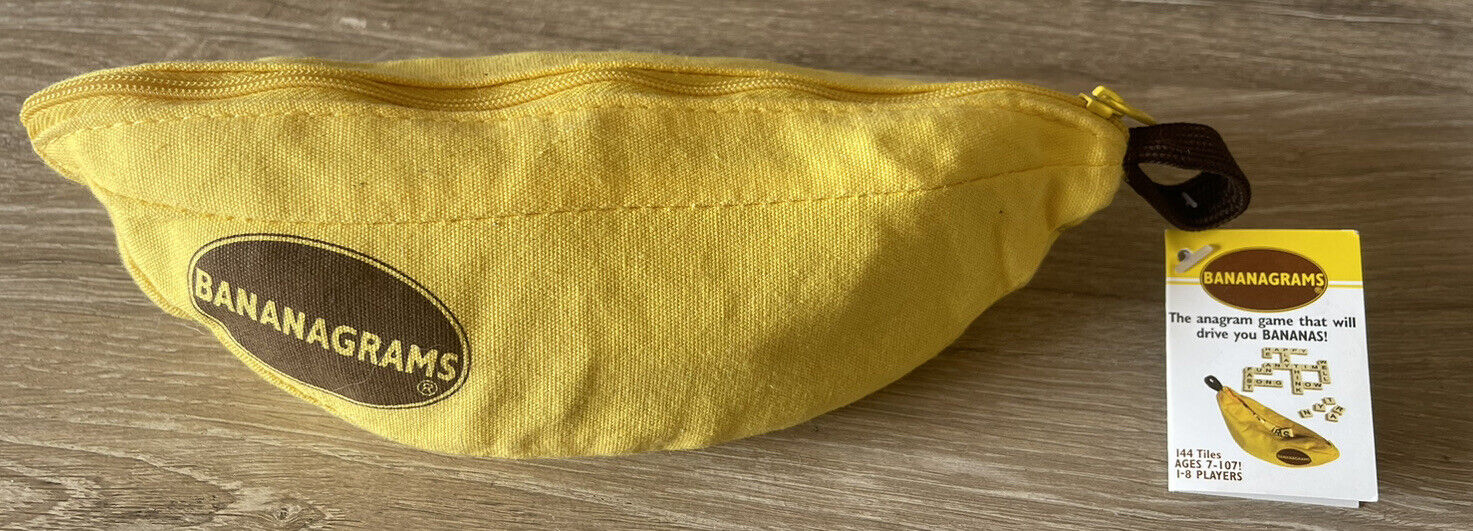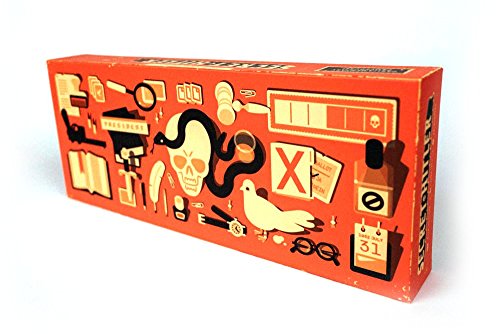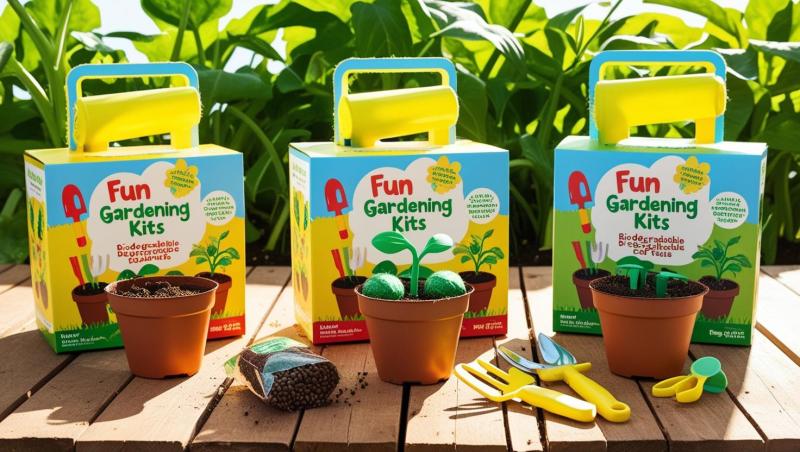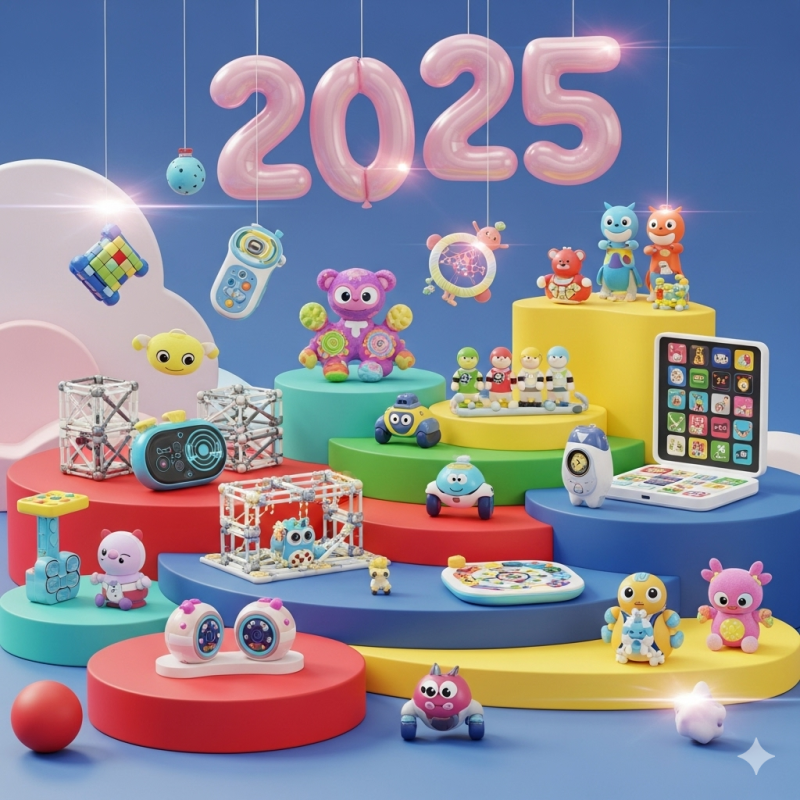Memories Of A Wooden Toy Chest
If a 50-year-old wooden toy chest could talk to a 5-year-old toy chest, what stories would it tell? Would it speak of loyal companionship through the years, secrets stashed inside by children whose laughter once echoed and who later abandoned it, lonely, in a dusty attic corner? And when that toy chest, resurrected after decades, welcomes the grandchildren of those first children, it unleashes a profound flood of memories—a time capsule brimming with the magic of toys long ago.
Remember the Old Toy Chest?
The era of the black-and-white television was a simpler, softer chapter in family history. Heroes like Will Rogers, Hopalong Cassidy, Dale Evans, and the Lone Ranger danced across small screens, capturing the imaginations of millions. Manufacturers, sensing the spirit of these times, fashioned wooden toy chests out of pine—complete with distinctive pine knots, each chest lovingly painted and decorated with cowboy motifs. These chests were more than just furniture; they were invitations to adventure, storing not only toys but the dreams and aspirations of young children.
Bold artwork graced the chest’s exterior: Native Americans and cowboys astride galloping horses, swirling dust, and bold exploits immortalized in hand-painted scenes. Inside, a treasure trove waited—a wooden choo-choo train, wagons, little wooden boats, puppets, peg boards, milk trucks, rockers, and colorful tops. Each toy, made with care, told a story of an age before plastics and batteries, an era when hands-on play ruled.
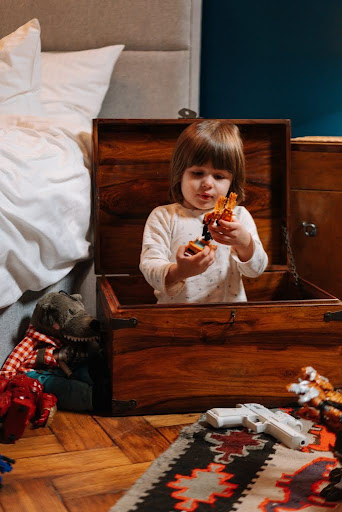
In the corner of the chest, an old well-worn, child-sized baseball mitt lay carefully wrapped in moth-eaten linen, alongside an equally battered wooden bat. A pair of toy soldiers—once part of a proud battalion of twelve—stood sentinel in the shadows. These were the guardians of memory, silent witnesses to the joy and heartbreak, the wins and losses, of childhood.
That toy chest remembers, too, the little boy who once owned these treasures. How many times did his finger get pinched by the lid, dropping unexpectedly—a lesson learned in pain and patience? Childhood is full of such moments, and the chest, if it could speak, would recall them all.
For little girls, the chest was equally magical. It held wooden dolls and dollhouses, an enamel tea set with one cup chipped at the brim from enthusiastic play, a delicate porcelain doll, picture books, and frayed ribbons. Each item was more than a toy—it was a vessel for stories, for imitation tea parties and royal gatherings, for hours of shared imagination.
A Chest Full of Generational Memory
After decades tucked in a dusty attic, the ancient toy chest can't help but cast its gaze on the toys of today. Compared to the treasures within, modern toys—sleek replicas of real cars and airplanes, with flashing lights and remote controls—feel almost futuristic. Yet, the old chest feels a special pride: "Back then, children had more play than television or computers. Imagination was the spark."
Retired for years, the chest’s very presence is enough to trigger a rush of nostalgia for anyone who remembers it—especially baby boomers who might spot a toy chest from the 1950s and suddenly find themselves awash in memories of a quieter, slower time. The smell of old pine, the worn feel of the lid, the faded paint—these sensory cues are more than mere decoration. They are a time machine, pulling adults back to the joys and innocence of youth.
The New Wooden Toy Chest: Safety, Customization, and Legacy
Today’s toy chests reflect both the lessons and the aspirations of the past. Safety has improved; hinges come with gentle lid stops to protect little fingers from painful pinches. Materials have become more refined—classic cherry or oak, even sweet-smelling cedar bases for those families who value aroma and tradition. Personalized touches, such as laser-engraved names, transform a wooden toy chest into a once-in-a-lifetime gift and future heirloom.
Imagine a pirate-inspired chest for the adventurous boy who dons his cape and eye-patch, pretending to be Captain Hook, or a dainty, princess-themed box for the creative girl who loves pink and fairy tales. These modern chests are not just utilitarian storage; they are vehicles for dreams and self-expression.
One of the most beautiful aspects of today’s toy chests is their power to become family heirlooms. Toy chests can be passed down through generations—each time ushering forth new waves of memories and adding new treasures to the cache. Custom engraving, thoughtful artwork, and durable design ensure that this piece of furniture will last, both physically and emotionally.
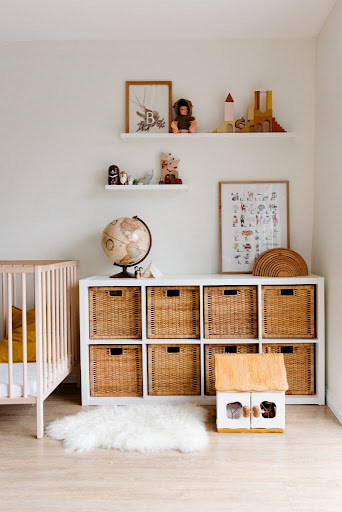
Lessons from the Chest: Tidy Habits and Family Rituals
Ask your parents about their toy chests and you’ll discover that storage was not just about concealment, but about learning. Children were taught to put toys away after play, tidying their belongings—books on the shelf, toys in the chest. From the chest’s perspective, “that’s our reason for existence,” but for families, the lesson runs deeper: early habits foster lifelong organization, responsibility, and respect for possessions.
Nostalgia: The Power of Childhood Objects
The connection between old toys and powerful memories is a phenomenon recognized by psychologists, organizers, and generations of families. When adults encounter a beloved toy chest, or rediscover long-forgotten toys, the emotions are strong—a sense of joy, wistfulness, and gratitude for simpler times.
This nostalgia is not only about recollecting the past but also about forging new connections. When children play with their parents’ childhood toys, they receive both a gift and an inheritance—a sense of continuity, shared experience, and family lore. The ancient toy chest, in this context, is not merely a box, but a bridge between generations.
The Value of Holding On—and Letting Go
Deciding whether to keep or release childhood objects is never easy. For many, the toy chest is a keeper, holding not just toys but tangible reminders of formative years. Others may choose to part with their treasures, passing them along to other families, charities, or young relatives. The important thing is to honor the memories these objects hold and to make intentional, loving choices about their future.
As professional organizers and families alike know, it’s not the chest itself, nor the toys, but the sense of comfort, happiness, and belonging they conjure. These feelings enrich not just individuals but entire family lineages, and should be approached gently and respectfully.
Toy Chests: The Heart of the Family Playroom
Whether 50 years old or brand new, a wooden toy chest remains a centerpiece of the family playroom—a beacon for fun, order, and togetherness. Its sturdiness and timeless appeal allow it to weather rambunctious playtimes and quiet evenings, celebrations and rainy days.
For parents, grandparents, and children, the chest is a symbol of home—a place to gather, share, and preserve memories. It is both a container and a stage, holding the props of life’s earliest dramas.
Final Thoughts: If Chests Could Talk
If an old wooden toy chest could truly speak to a new one, it might offer this wisdom: “Cherish your time with the children, for their laughter and love fill you with purpose. Endure the rough treatment, the occasional spill or scrape, for you will be their trusted friend through the years. And when the children have grown and their toys are gone, await their return patiently—one day, memories will bring them back to you, and their children will fill you up once again with new dreams and new treasures.”
In each family, the wooden toy chest waits—quiet, sturdy, hopeful. Ready to unleash not only memories of toys, but of childhoods vividly remembered, joyously lived, and lovingly preserved.
